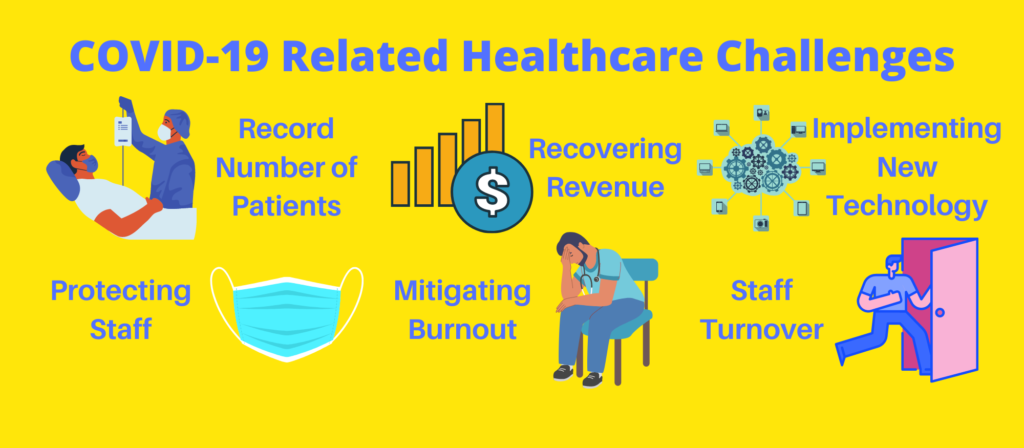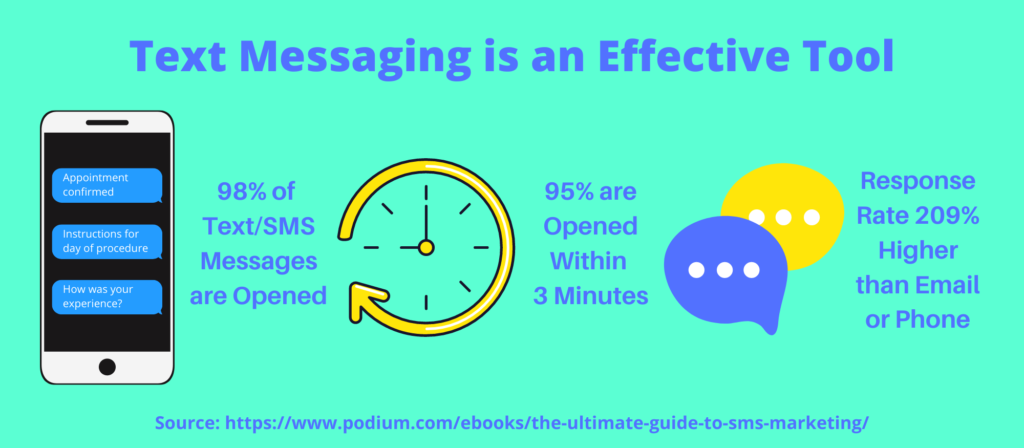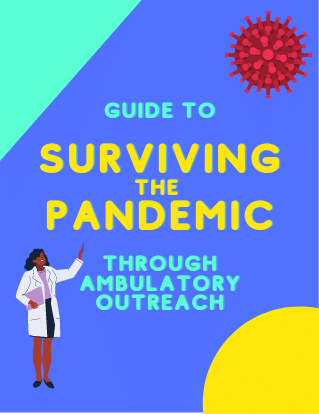With the world still in the grips of the COVID-19 pandemic, healthcare providers face a host of challenges, including:
- Protecting staff
- Record patient volumes
- Mitigating clinical burnout
- Recovering revenue
- Staff turnover
- Implementing new technology

As we cover in our new whitepaper, improving your ambulatory outreach can help address these issues. The key to improving ambulatory outreach is to focus on three major areas: patients, employees, and technology. In this blog, we’ll take a top-level view at how each of these areas affects your ambulatory outreach. For an in-depth look, download our Guide to Surviving the Pandemic Through Ambulatory Outreach.
Patients and Ambulatory Outreach
One way to improve your ambulatory outreach is to focus on patients as customers. Frost & Sullivan SVP Reenita Das recently told Healthcare IT News “The health system of the future will be consumer-centric, wellness-oriented, care everywhere, and digitally connected.” So, what do patients want? In a recent Becker’s Healthcare webinar, 80% of consumers said that convenience is one of the most important elements of a positive patient experience.
Incorporating text/SMS messaging in your ambulatory outreach is a great way to provide convenience to your patients. According to a recent ebook by communications solutions provider Podium, 98% of text messages are opened, making text a great tools to improve communications with your patients. Text/SMS messaging provides convenience in many ways, such as:
- Links to procedure-specific instructions/videos to ensure patients are properly prepared before arrival
- Navigation assistance through GPS/online map integrations
- Appointment confirmations and reminders
- Links to upload important documents or photos
- Notifications of test results and links to schedule follow-up appointments

For even more convenience to both patients and providers, text/SMS messages can be automated. Focusing on the patient as a customer and providing convenience can lead to:
- increased patient loyalty
- recognition of value
- positive reviews
- increased referrals
All of these benefits can lead to increased revenue, an important part of surviving the pandemic. To learn more about how providing a more convenient patient scheduling experience can improve your revenue cycle, check out our new ebook: A Revenue Cycle Leader’s Guide to Patient Scheduling for Maximum Impact.
Employees and Ambulatory Outreach
Employees are another important part of ambulatory outreach. For one, employees, from front desk staff to medical providers themselves, are the most important part of the patient experience. For this reason, it’s critical for healthcare providers to ensure their various departments are aligned to common goals. For departments to strive for common goals, these goals should provide benefits for the organization as a whole, and also for each department (and its staff).
A great way to determine goals around which multiple departments can rally is to listen to healthcare staff themselves. Everyone knows patient experience is important, but focusing too much on it can lead to feelings of burnout and neglect among staff. That’s why it’s important to collect employee feedback on organizational goals and initiatives – to find out what’s working, what’s not, and how to improve both the patient and employee experiences.
Technology and Ambulatory Outreach
Implementing new technology may be challenging, but it’s also a great way to improve your ambulatory outreach. When it comes to choosing new technology, focus on tech that:
- is interoperable with other tech, such as the EHR
- streamlines workflows
- reduces workloads
- improves the patient and/or provider experience
- is backed by a trusted vendor and support team
We’ve already discussed one example of new tech that can aid your efforts: incorporating text/SMS messaging in your patient communications. Other solutions include ambulatory order management platforms, patient self-scheduling tools, and clinical decision support mechanisms (qCDSM’s).
Get the Guide
We’ve covered the basics of improving your ambulatory outreach by emphasizing patients, employees, and technology. For a more in-depth look at these strategies and some innovative solutions, download the full Guide to Surviving the Pandemic Through Ambulatory Outreach.





